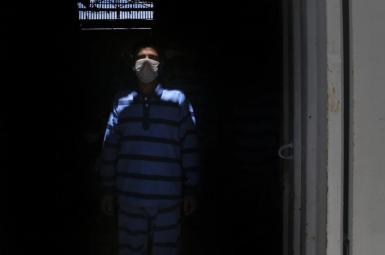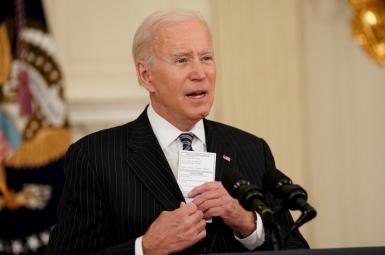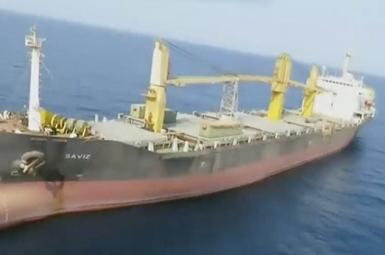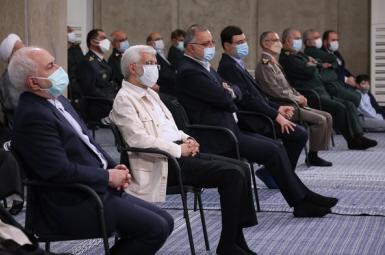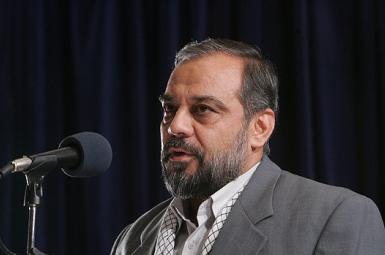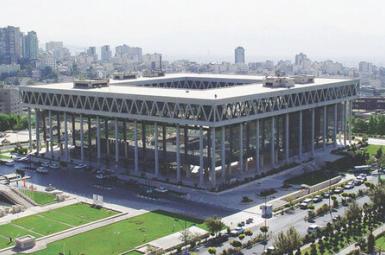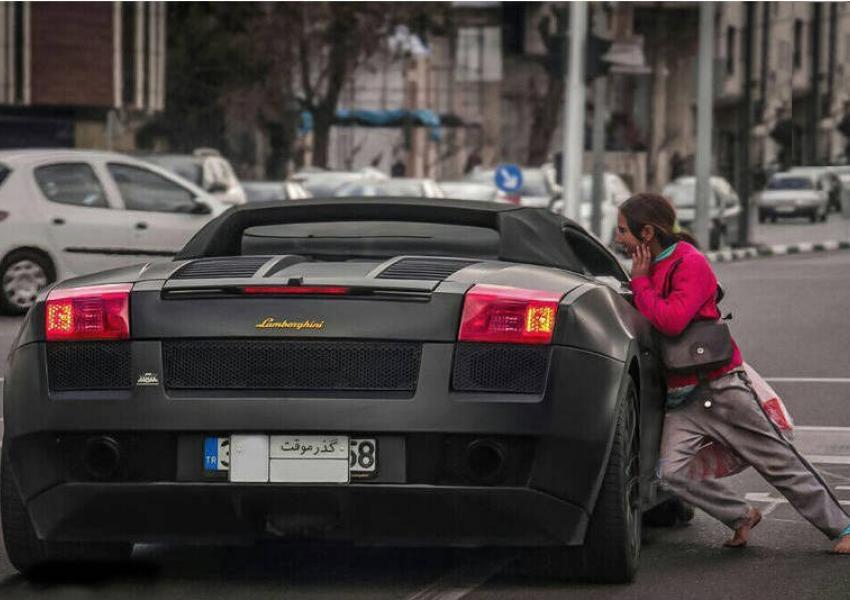
How wide the wealth gap could go in Iran?
Iran’s deputy minister for roads and urban construction warned of the challenges and dangers of informal settlements in where he called “the crescent of poverty” in the western, southern, and southeastern suburbs of the capital, Tehran.
As an instance, he referred to Nasim Shahr, a small town near Tehran, where the population grew from four thousand people in a few years ago to six hundred thousand at the moment.
He highlights the importance of house prices and rent rises in creating this critical condition. “A third of the population of Mashhad, the second largest Iranian city, live in the suburb settlements”, he reveals.
This situation has deteriorated with a fall in the ordinary families’ purchasing power and the collapse of the national currency. At the same time, the lifestyle of wealthier layers of society attracts more attention online and on the streets of major cities.
Cristian Science Monitor recently discussed the widening of inequality gap in Iran in a report. The newspaper reports on the strong presence of luxury Ferrari, Porsche, and Lamborghini sports cars in Tehran, and the existence of a group of rich kids who share photos of their lavish parties on social media.
The report contrasts the realities in Iran as some desperately struggle to make ends meet, the Botox treatment centers are packed with clients.
“Resentment has grown at the wide gap between Iran’s very rich who flaunt their wealth and the majority of Iranians, whose struggle to get by has become more daunting by the day. Many of the very rich are part of the regime, or are offspring of the well-connected, known by the derogatory term "aghazadeh", which means “born to a nobleman.” CSM report adds.
This, in the CSM authors’ opinion, created two parallel universes given the fact that “the revolution promised economic ‘justice’ and equality for all Iranians.
Inequality in Iran: Various data
The available data about economic and inequality gaps in Iran is inconsistent. Ali Rabiee, the minister for employment and welfare, announced that 90% of the country’s resources are consumed by only one decile of the population.
Official sources estimate that 10 to 12 million Iranians live below the absolute poverty line. The same resources report that the estimated numbers could increase to 16 to 20 million people if other variables were taken into account.
Independent economists are worried that at least a third of the whole nation live below the absolute poverty line.
These independent commentators describe Iran’s economic prospect with “unprecedented”, “dangerous”, and “like an earthquake”. They also compare the situation with Sao Paolo in Brazil, which is a textbook example of huge inequality gaps, insecurity, and corruption in the world.
Iran is the 88th country in the world based on the Gini index according to the latest UN report on global human development.
Authoritarianism, Rentier State, and Inequality
The grim reality of life in Iran is a result of an authoritarian regime emboldened with the rent of indigenous resources (mostly oil and natural gas). They empower the regime to suppress dissidents and critics as well as intimidating the civil society. They also create a new class of the rich, well-connected to the political system. A type of class that accumulates more wealth as it takes advantage of its influence peddling and intelligence privilege.
This is in addition to the increase in the wealth of this class as a result of their having the know-how of business in the current chaos and escaping taxes.
While the wealth of this class is growing, the lower layers of the society struggle to live by facing high inflation, high unemployment rate, recession, and the collapse of the national currency.
There are not many possible futures for this situation. One is that there will be violent riots and social revolts due to the dissatisfaction with inequality and unemployment on the rise.
On the other hand, right-wing populism in the system disguised as the proponents of justice and nationalism is gaining momentum. Ibrahim Raeesi and his supporters in security and intelligence organizations have appeared on such a platform.
The former president, Ahmadinejad, and his group could also play a role in this game.
In other words, in the current state of affairs and given the weakness of the democratic opposition in pushing its agenda, fascism and authoritarianism are dangerous but possible alternatives.
It is crucial to ask whether the democratic opposition is capable of mobilizing the public dissatisfaction for non-violent protest (as such strikes, peaceful demonstrations, etc.).
Whatever is awaiting this nation, the increasing inequality is a major issue in Iranian politics.



